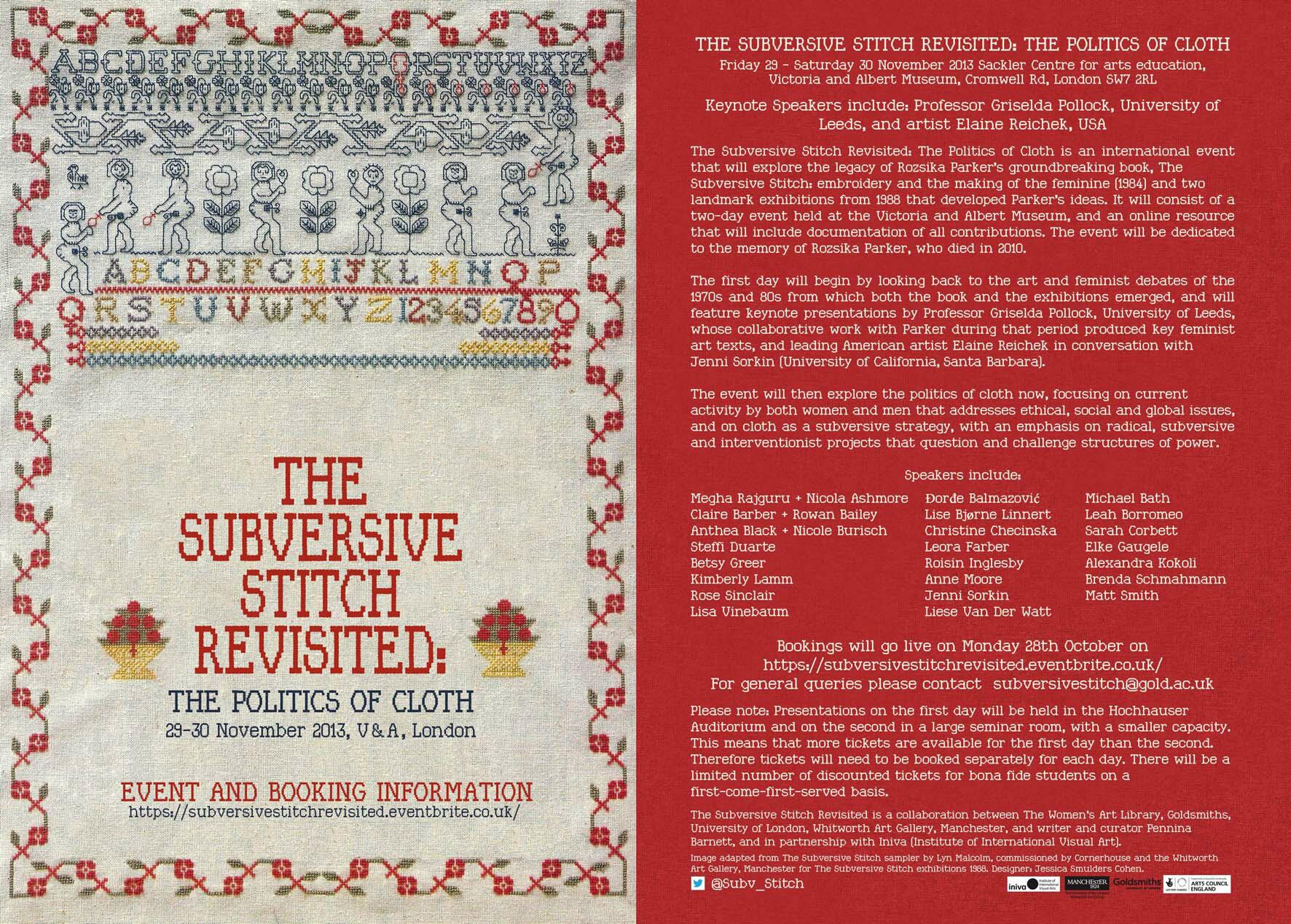tonight I’ve been taking a look at embroidery by Junko Oki – she has some beautiful pieces. I love her use of circles and lines.
I emailed her to order a copy of her new book, “Culte a la Carte” (I think her first book has sold out), and mentioned I was doing a textiles course and had been enjoying embroidery. I asked if hers was all stitched by hand or mixed with machine embroidery too. she responded,
“I’m glad to you interested in my work.
My work is stitched by hand all.
I do not have that you have to study about embroidery .
I have the feeling produced in like writing a picture.”
the circles are intricate rows of fine blanket stitch, with lines in running stitch and some feather stitch. lots of “sun” themes. I’m really loving it. the imperfections and textures created by the stitching mixed with the choice of textures and colours of the fabrics as the backgrounds. I’m looking forward to the book arriving so I can see more of her work.
I love some of the backside stitches, ie via February 2012:
from Dee’s Hall from October 2012 – a lovely portrait of a woman’s profile.
& a closeup of the spheres from April 2013
I love this one, with the stripey, business shirt or crisp new bed linen / sheets type pleats, darts, gathers & smocking to create movement and shape in 3D, and how the stitched parts of the fabric are chaotic and textured with layers of white and black threads, and complemented with the reddish-brown layer – they draw the eye in and let you explore the stitches as well as the joins of the different fabrics, and edges of the fabric. I love the ripped / torn edges on the lower part of the piece. there’s a range of sewing techniques shown around the edges of the stitching, and decorated & highlighted by the stitches. the top of the photo shows order and crispness with a starch ironed feel which reminds me of work / business shirts, whilst the bottom of the photo shows more flowing, free & lighter fabrics for holidays and home wear. to me it feels like it’s a mix of the fabrics of a life, and the phases of our lives.
rainy today from october 2012 also.






